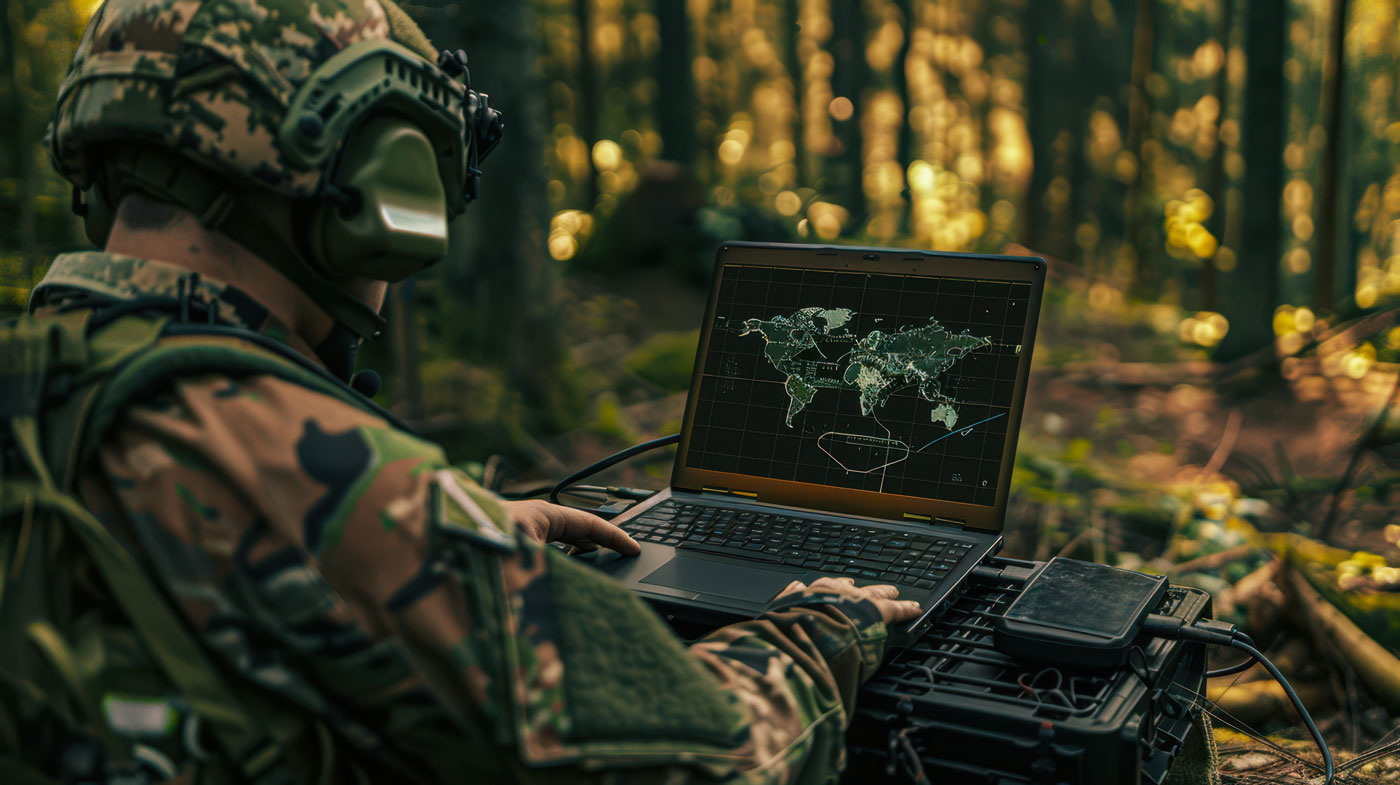
Red Diamond Volume 11 Issue 1 Iranian Missile Strike: Implications of Iran’s Response

Implications of Iran’s Response
Missile Precision & Scale Progression
The attack against US forces revealed Iran’s current
capability to fire different types of SRBMs at targets
with better precision. They launched a barrage of
SRBMs from three locations within Iran and 75% of
those struck their intended target. Previous Iranian
missile launches were estimated to strike within 250
meters (m) of the intended target. Open source imagery
analysis of this missile strike suggested an accuracy
of within 12 m.6 Iran’s SRBMs were a mix of solid
and liquid fueled propellants fired from both mobile
and stationary platforms with ranges of 500–800
kilometers.7 The missiles were equipped with satellite
navigation guidance (SATNAV) and maneuverable
reentry vehicle (MaRV) to enhance precision.8
Iran’s domestic missile program dedicates major
resources to the progress and development of a variety
of missiles capable of threatening deployed US forces,
allies, and partners. In addition to domestic missile
production Iran benefits extensively from foreign
procurement. They leverage countries like North Korea
and Russia to extend missile variety and range, and add
new generations of ballistic missiles into their force.9
Part of Tehran’s desire to add new generations of
ballistic missiles includes motivation to produce their
own intercontinental ballistic missile (ICBM). Iran’s
emerging space program, the Iranian Space Agency
(ISA) has created a variety of space launch vehicles
(SLV) with each iteration more capable of carrying
heavier payloads to space. ICBMs and SLVs share
similar technology and Tehran
can use ISA towards creating
ICBMs. Further ambitions
include increasing medium-range
ballistic missile (MRBM) capacity
and expanding cruise missile
capabilities.10 Iran is quickly
evolving missile capability and
the latest missile strike validates
they can challenge their enemies
with more proficient longer
range fires.
Integrated Electronic
Warfare
Iran utilizes modern electronic
warfare (EW) equipment to
protect high-value military assets.
Brigadier General Amir Ali
Hajizadeh, commander of IRGC
Aerospace Force, claimed Iran
employed jamming during and
after the strikes, likely a defensive protocol to protect
against a US counterstrike. The Iranian government has
satellite communications and GPS jamming capabilities,
which Tehran previously showcased by jamming ships
traveling through the Strait of Hormuz, according
to analysis by the Defense Intelligence Agency.11 In
May 2019, commercial shipping companies reported
GPS interference and communications jamming
ultimately attributed to Iranian Naval forces in the
area. Ships navigating the region also reported spoofed
communications from unknown entities falsely claiming
to be US or coalition warships.12 Iran continues to seek
considerable advances in EW systems to defend military
ground and naval assets. Foreign acquisition from
countries such as Russia and China has allowed Iran to
bolster and modernize its EW. They were able to use
this event as evidence of current countermeasures and
boast of their progression in EW capabilities.
Asymmetric Retaliation
Iran’s Supreme Leader Ayatollah Ali Khamenei
insinuated Iran will execute additional retaliatory
measures beyond the missile strikes. He stated, “This
[the strike] was just a slap in the face last night.”13
Despite Khamenei’s public threat, Iran will likely limit
overt military actions in favor of covert operations
by both IRGC-QF and state-sponsored proxies.
Additionally, these retaliatory operations will occur at
a time and place of Iran’s choosing, possibly in terms
of months or years vice days or weeks. Covert actions
could include a range of operations from militia groups
conducting military attacks to sophisticated cyber
Recent Posts
Drones Having Psychological Impact on Soldiers
Ukraine and Russia are using unmanned aerial systems (UAS) far…
ATP 7-100.1, Russian Tactics: Logistics
This article is an excerpt from the recently published Army…
Russian Minefield Tactics Pose Challenge to Mobility
Since the wider Russian invasion of Ukraine in 2022, Ukraine…

